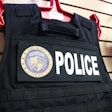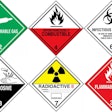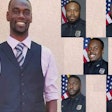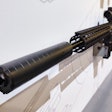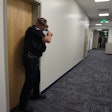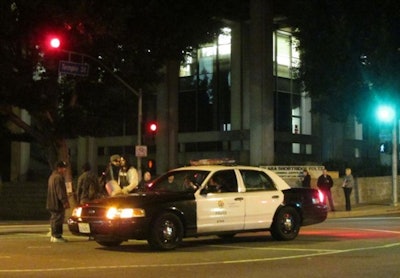 Flickr_CC: waltarrrrr
Flickr_CC: waltarrrrr
The various "Occupy" demonstrations and college campus protests in recent months, beginning with "Occupy Wall Street" and spreading across the land, present law enforcement with new challenges. The "Occupy" groups are typically made up of a hodge-podge of people and causes, with no defined leadership.
In many cases the "Occupy" protestors illegally parlay their First Amendment rights of speech and peaceful assembly into literally taking over public areas for weeks and months, erecting tent cities. Many civic leaders embrace the "Occupy" protestors. Weeks later, a public backlash occurs, and many of the same politicians who supported them decide that enough is enough.
Guess who the elected officials (or campus officials) send in to take down the tent cities and "evict" the protestors. (Do you have a mirror handy?)
All of the police actions in these matters are documented by huge numbers of amateur videos by the protestors and onlookers as well as the usual media videos. There probably isn't one "best way" to handle these matters. Each situation is different.
Recently at the University of California at Davis, public outrage was provoked by a YouTube moment featuring officers pepper-spraying demonstrators, who were passively sitting on the ground. At U.C. Berkeley, officers used batons on protestors who were actively resisting but not attacking; the officers were not equipped with pepper spray for crowd control. The Oakland police contended with significant riotous behavior, and a variety of weapons and tactics were deployed.
In Los Angeles, the police communicated for weeks with the protestors while devising a unique plan, intentionally different from the usual skirmish line "move'em out" tactics. A couple of nights after the mayor ordered the tent city to be taken down and the protestors taken out, after midnight on Nov. 30, more than 1,000 officers swiftly descended on the large group from unexpected locations. The result was that "Occupy LA" protestors were dispersed without significant use of force, even though nearly 300 were arrested.
It's time to brush up on your agency's crowd control policies, training, equipment, and tactics.
The International Association of Chiefs of Police (IACP) Training Key No. 588, "Mass Demonstrations and Civil Disturbances" (available online), provides strategies for modern management of these events.
The Police Executive Research Forum (PERF) booklet, "Police Management of Mass Demonstrations" and other PERF publications may be obtained online or by calling (888) 202-4563.
Take a look at your use-of-force policy. Is it up to date? Does it conform to the law of the land?
The U.S. Supreme Court ruled way back in 1989 that certain criteria are relevant to analyzing whether a use of force was legitimate. What was the seriousness of the crime? What was the threat to officers and other people? Was the person resisting or attempting to escape? See Graham v. Connor, 490 U.S. 386 (1989). And several federal appellate courts have ruled that warnings must be given before force is used, if feasible.
We all know that use of force (including in crowd control situations) puts us between a rock and a hard spot. The public is very fickle about the subject.
Your own YouTube moment waits. Are you ready?
Greg Meyer is a retired Los Angeles Police Department captain. He is a member of the POLICE Advisory Board.








